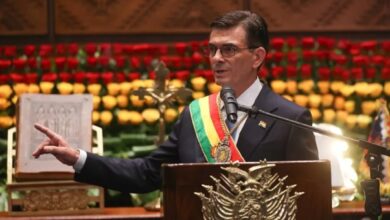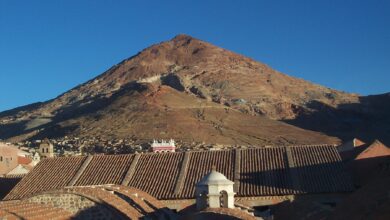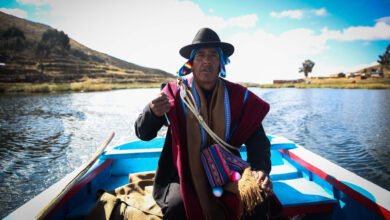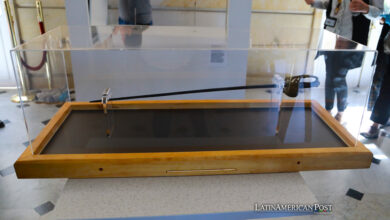Reclaiming Voices: Women Artists Illuminating Bolivia’s Canvas
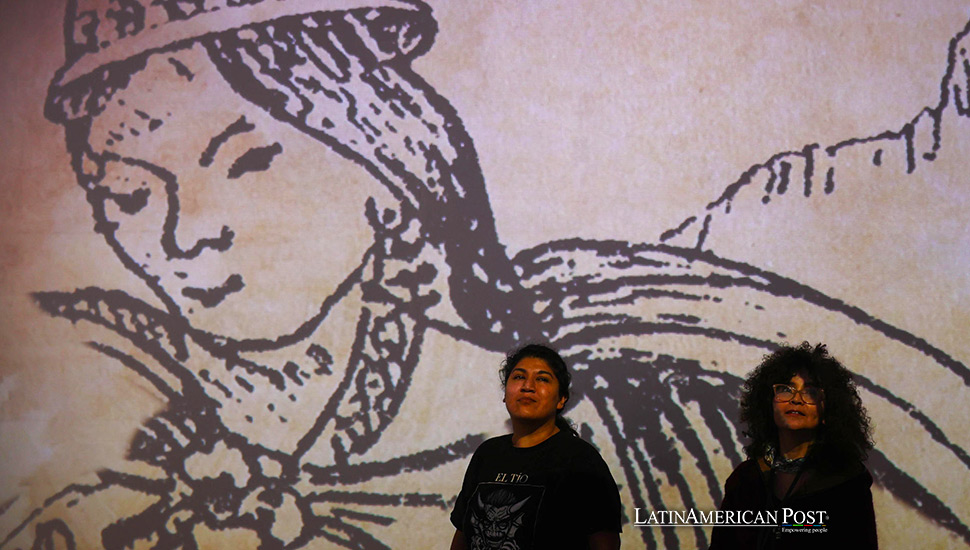
The ‘Creadoras’ exhibition in Bolivia, spotlighting women’s artistic contributions, unveils the obscured legacy of figures like Adela Zamudio. This initiative paves the way for a deeper exploration of female artistic expression, connecting with broader narratives of women’s roles in Latin American culture.
In the culturally rich landscape of Bolivia, a transformative artistic endeavor titled ‘Creadoras. Mujeres artists in Bolivia’ have emerged, spotlighting the nation’s female artists whose works and legacies have long been overshadowed. Anchored in the historical city of La Paz, this initiative, embodied in an exhibition and a catalog, seeks to unravel the intricate tapestry of women’s contributions to the arts and social thought, with poet Adela Zamudio as a beacon of this movement.
Unveiling the Legacy of Bolivian Women Artists
The ‘Creadoras’ project is more than an exhibition; it’s a historical document and a clarion call for further research into Bolivian women’s artistic and social contributions. Under the guidance of Jackeline Rojas, the director of the Museo Nacional de Arte (MNA), the initiative aspires to illuminate the enduring impact of female artists in Bolivia, challenging the historical narrative that has often rendered their contributions invisible.
Tracing the evolution of women’s artistic expression in Bolivia, historian Margarita Vila navigates through the shifting landscapes from the late 19th century to the present. Pioneers like Elisa Rocha de Ballivián broke through the confines of gender norms, becoming celebrated artists in a predominantly male-dominated field. The ‘Creadoras’ exhibition, featuring works from over a hundred artists, including the trailblazing Marina Núñez del Prado, Inés Córdova, and María Esther Ballivián, serves as a testament to the rich and diverse contributions of women to Bolivian art.
Adela Zamudio and Her Legacy
Adela Zamudio stands out for her literary genius and pedagogical and artistic contributions, marking her as a precursor to feminist thought in Bolivia. The exhibition and the essays within the catalog shed light on Zamudio’s lesser-known role as a painter, providing a holistic view of her creative prowess.
The Creadoras catalog extends its narrative to indigenous textile iconography and urban art, highlighting the dynamic interplay between traditional and contemporary art forms. These sections, contributed by sociologists and anthropologists like Verónica Auza and María Soledad Fernández, underscore the significance of female perspectives in shaping Bolivia’s artistic and cultural landscape.
The Role of Women in Latin American Artistic Narratives
The story of ‘Creadoras’ resonates with broader themes across Latin America, where women have been pivotal in artistic and cultural development yet often remain underrecognized. From Frida Kahlo in Mexico to Tarsila do Amaral in Brazil, women artists have shaped the region’s cultural identity, blending personal narratives with broader social and political themes.
The ‘Creadoras exhibition honors past contributions and looks to the future, encouraging a new generation of women artists to explore and express their experiences and identities. This initiative aligns with broader movements across Latin America, advocating for gender equality and recognizing women’s roles in the historical and cultural spheres.
Expanding the Narrative: ‘Creadoras’ Beyond La Paz
The success of the ‘Creadoras’ exhibition in La Paz has sparked plans to extend the showcase to other regions of Bolivia, further amplifying the voices of women artists. This expansion reflects a growing awareness and appreciation of women’s contributions to the arts within Bolivia and the broader Latin American context.
Also read: Alasita Festival: Bolivia’s Ancient Tradition Meets Modern Aspirations
The ‘Creadoras’ initiative in Bolivia represents a pivotal moment in the reclamation and celebration of women’s artistic heritage. By bringing to light the obscured contributions of female artists, ‘Creadoras’ is not just retelling Bolivia’s artistic history; it is reshaping it, offering a narrative enriched with women’s diverse and powerful voices. As this movement gains momentum, it paves the way for a more inclusive and equitable cultural landscape in Bolivia and across Latin America, where every woman’s creativity and legacy can be fully acknowledged and celebrated.

